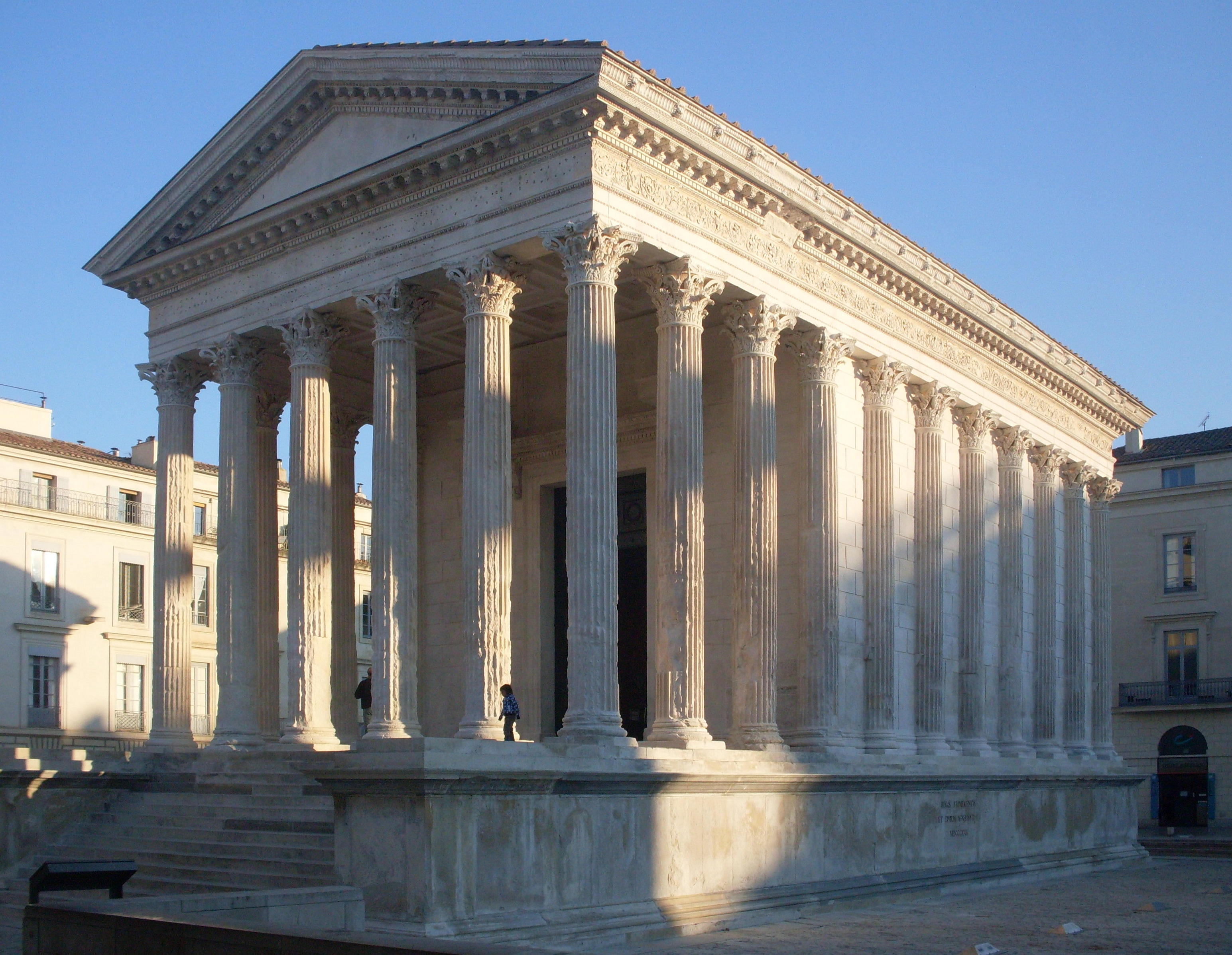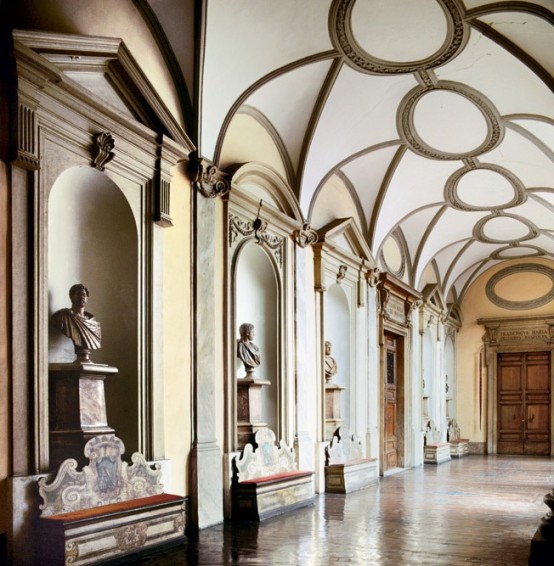Rome served as a catalyst in spreading ate and civilization. Rome was the greatest power west of China. The Romans mastered road building and extravagant ornamentation in furniture. The Romans discovered concrete as well and vaults and domes in architecture. Their religious structures consisted of tombs and temples. The commerce and law structures were called basilicas. The residential dwellings were known as the insula, comus, and villa. The insula was a block of buildings surrounded by streets and the comus was private town homes for the wealthy. Lastly the villa was simply a country house. In the interiors of roman homes there were mosaics, stucco, and frescoes. They were obsessed with ornamentation and the floors carried popular patterns throughout them. The furniture consisted of wood, metal, and stone. The seat furniture was the throne, chair, couch, or stool. Tables were multipurposed and beds were the addition to the back to the couch.
An interesting architectural site during the roman era was the colosseum. This arena seated at least 50,000 people. It was made of concrete and stone and it was the prototype of a sports arena. They used arch and barrel vaulting, with the three orders present. Each level had a podium, column, and entablature. Gladiator fights and cultural events took place here.
Another ancient roman architectural site was the pantheon. This site was commissioned by Marcus Agrippa and rebuilt by the emperor Hadrian. It was a round temple with a dome, roman portico. It is the world's largest unreinforced concrete domes in the world. The oculus is 142 feet in diameter and 142 feet high.
The last architectural site I found amazing was the Maison Carree. It was located in the south of France and was built in 16 B.C. It was renovated by Marcus Agrippa and was an example of vitruvian architecture. One of the best examples of a roman temple. There was a deep porch and a stylobate to a pedestal. This site had corinthian columns in the roman sequence.
The first modern application example I found of Roman design was the interior of this apartment complex. The domes and curves in the ceiling really showed a good example of Roman design. Also the artsy sculptures added to the Roman feel.
The other current application I found of Roman design was the interior of this home in Italy. the uses of stone and domes again really exemplify the Roman feel. Also, the mosaic tile in the middle part go the floor also showed roman influence.
Below is a link on roman architecture and how it was done.
https://www.youtube.com/watch?v=B8IcwFwNLr8




No comments:
Post a Comment